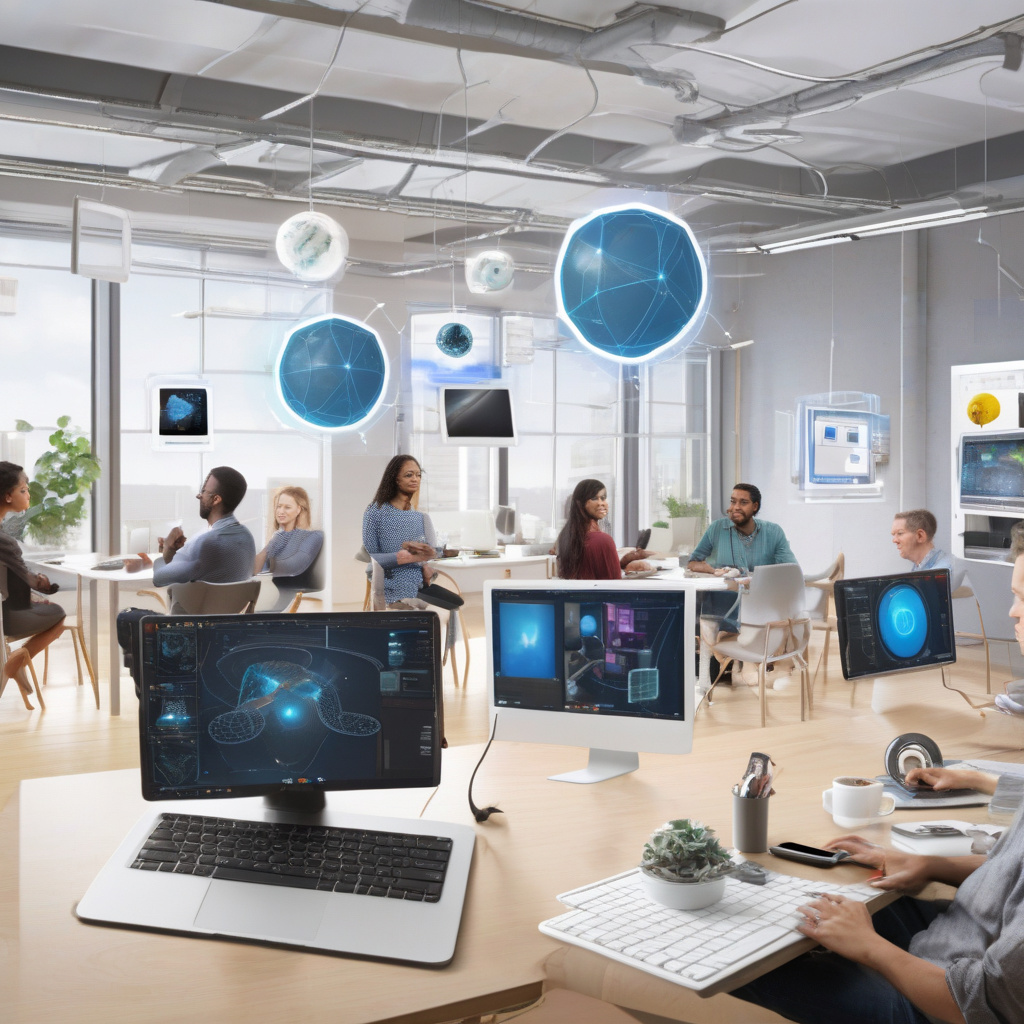Exploring IoT’s Top WebRTC Use Cases
In today’s fast-paced digital landscape, the Internet of Things (IoT) continues to revolutionize the way we interact with technology. With 127 new devices connecting to the internet every second worldwide, the IoT ecosystem is rapidly expanding, presenting new opportunities for innovative applications. As IoT networks grow, the need to efficiently share data among connected devices becomes increasingly crucial. This is where Web Real-Time Communication (WebRTC) steps in as a game-changing technology.
WebRTC serves as a powerful tool for facilitating real-time communication between web applications and IoT devices. By enabling seamless media capture, streaming, and data exchange directly between browsers and devices, WebRTC eliminates the need for intermediaries, streamlining the communication process. This technology is particularly valuable for developers focusing on audio- or video-centric applications, offering a versatile and efficient solution for integrating real-time communication capabilities.
Enhancing Surveillance Systems
One of the prominent use cases of WebRTC in the IoT realm is enhancing surveillance systems. By leveraging WebRTC, IoT devices such as security cameras can transmit live video feeds directly to web browsers or mobile devices in real time. This enables users to monitor their surroundings remotely, enhancing security and surveillance capabilities. Whether it’s monitoring home security cameras or overseeing industrial facilities, WebRTC empowers users with instant access to live video streams, fostering a more connected and secure environment.
Enabling Remote Healthcare Services
Another compelling application of WebRTC in IoT is in the realm of remote healthcare services. With the rise of telemedicine and remote patient monitoring, WebRTC plays a vital role in facilitating real-time audio and video communication between healthcare providers and patients. Through IoT devices equipped with WebRTC capabilities, healthcare professionals can conduct virtual consultations, monitor patient vitals, and deliver care remotely. This not only enhances accessibility to healthcare services but also ensures prompt and efficient medical assistance, especially in remote or underserved areas.
Facilitating Smart Home Automation
The integration of WebRTC in smart home automation systems is revolutionizing the way we interact with our living spaces. By incorporating WebRTC-enabled IoT devices, homeowners can control various aspects of their homes, such as lighting, temperature, and security, through intuitive web interfaces or mobile applications. Whether it’s adjusting thermostat settings, monitoring energy consumption, or remotely accessing home security cameras, WebRTC empowers users to create personalized and interconnected smart home environments that enhance convenience, efficiency, and security.
Empowering Industrial IoT Applications
In the industrial IoT sector, WebRTC offers unprecedented opportunities for optimizing operations and enhancing collaboration. By integrating WebRTC into IoT devices within manufacturing plants, warehouses, or logistics facilities, organizations can enable real-time video communication for remote troubleshooting, equipment monitoring, and workforce collaboration. Whether it’s conducting virtual inspections, providing remote training sessions, or coordinating maintenance activities, WebRTC enhances operational efficiency, minimizes downtime, and fosters seamless communication across diverse industrial environments.
Conclusion
As the IoT landscape continues to evolve, the integration of WebRTC technology opens up a myriad of possibilities for enhancing real-time communication and data exchange within IoT networks. From surveillance systems and remote healthcare services to smart home automation and industrial applications, WebRTC facilitates seamless connectivity, enabling users to harness the full potential of their IoT devices. By exploring the top WebRTC use cases in IoT, developers and organizations can unlock new opportunities for innovation, efficiency, and connectivity in an increasingly interconnected world.

